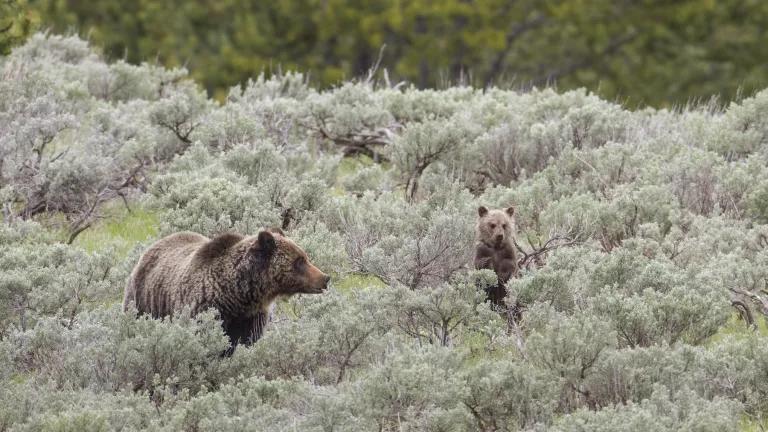Hawaiian False Killer Whale, Endangered but Not Protected

Today we are back in court fighting for Hawaii’s last 150 resident false killer whales. We are asking a federal judge to compel the government to protect the endangered false killer whale’s tropical island habitat because if they don’t, we risk the loss of not just these big-hearted false killer whales, but also, a rich underwater oasis. You can read our complaint here.
The false killer whale is a playful and curious member of the dolphin family that grows up to 20 feet in length and 4,900 pounds. False killer whales are proverbial social butterflies—they travel in packs, share their food, have social gatherings where they perform flips and leaps together, and form long-lasting relationships. What makes the Main Hawaiian Islands population so distinct is that they are permanent Island residents or “insular” (meaning “of an island”). They are like that one acquaintance from college who loved the paradise of Hawaii so much that she decided to stay—indefinitely. This segregation caused the Hawaiian population of false killer whales to become genetically separated from the rest of the species.
The government knows that the Main Hawaiian Islands false killer whales can’t wait.
Seven years ago, we petitioned them to list the Hawaiian insular false killer whale as an endangered species. When they waited years to act, we sued. In 2012, government experts reached the same conclusion we had urged three years prior: Hawaii’s insular false killer whale is in grave danger of near-term extinction. The whale was finally listed as endangered.
Unfortunately that’s not the end of the story. The Endangered Species Act requires for habitat that is critical to the species’ conservation to also be designated and protected in order to ensure that the endangered population can stabilize and recover. No wild animal can survive without its habitat. It’s been almost four years since the whale was listed and seven since we alerted the government to the whale’s abrupt decline, and the Main Hawaiian Island false killer whale’s habitat is still not protected.

Hawaii’s turquoise waters are paradise for more than us human visitors. The island archipelago sits in the middle of an unproductive part of the Pacific, and, against this backdrop, the waters around Hawaii are a rich refuge for life. The Hawaiian Islands’ near-shore waters are home to about 7,000 species—one fourth of which cannot be found anywhere else on Earth, including this special population of false killer whales.
In Paradise Lost, John Milton famously observed that the mind can make a heaven out of hell, or a hell out of heaven. So can the law. Is Hawaii still paradise without dolphins?
For Hawaii’s insular false killer whale, protection delayed is protection denied.
This blog was written together with NRDC legal intern Rachel Ramos.




